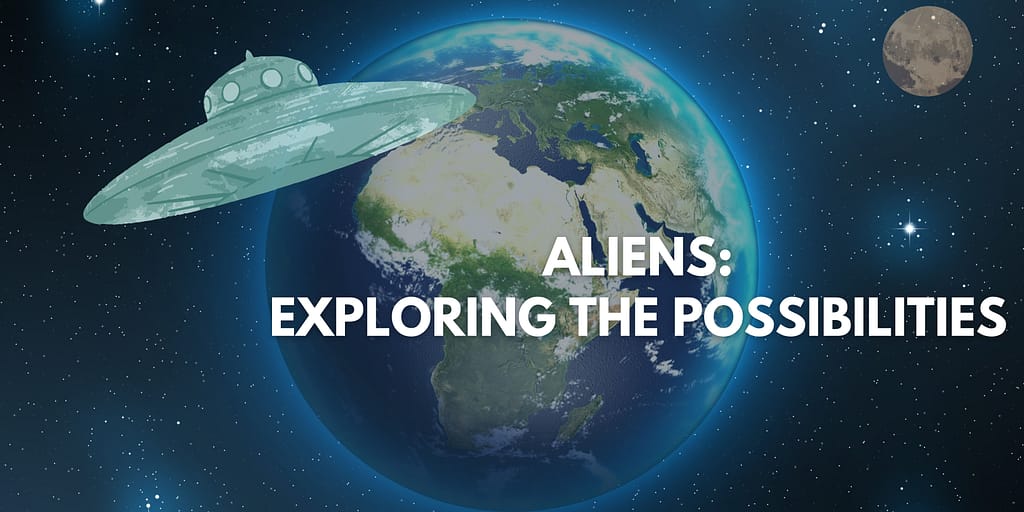Introduction:
The notion of extraterrestrial life has long captured the human imagination, inspiring countless works of fiction, scientific inquiry, and philosophical debate. From ancient myths and legends to modern science fiction, the concept of aliens has permeated our culture, fueling our curiosity about the possibility of life beyond Earth. In this blog, we embark on a journey to explore the fascinating world of aliens, examining the science, speculation, and imagination surrounding this intriguing topic.
The Search for Extraterrestrial Life:

For centuries, humans have pondered the question:
Are we alone in the universe?
In recent decades, technological advances and space exploration have enabled scientists to search for signs of life beyond our planet.
From scanning distant exoplanets for habitable conditions to listening for signals from intelligent civilizations, researchers employ various methods and instruments in the quest for extraterrestrial life.
One of the key factors driving the search for extraterrestrial life is the sheer number of planets in our galaxy and beyond.
On the other hand, with billions of stars in the Milky Way alone, and an increasing number of exoplanets being discovered in the habitable zones of their respective stars, the odds of Earth being the only planet to harbor life seem increasingly slim.
The Diversity of Alien Life:

While popular culture often portrays aliens as humanoid creatures with advanced technology and intelligence, the reality of extraterrestrial life may be far more diverse and complex.
Moreover, scientists speculate that alien life forms could range from simple microbes to complex organisms adapted to extreme environments.
Firstly, exploring the possibilities of alien biology and evolution broadens our understanding of life’s potential in the universe.
Contact and Communication:

The prospect of contacting extraterrestrial civilizations raises profound questions about how we might communicate with beings from another world.
Efforts such as the Search for Extraterrestrial Intelligence (SETI) seek to detect signals or transmissions from alien civilizations, while initiatives like the METI (Messaging Extraterrestrial Intelligence) project aim to send deliberate messages into space.
Interstellar communication’s ethical and practical considerations underscore the complexities of potential contact with aliens.
Alien Encounters in Popular Culture:

In 1947, A High-Altitude Balloon Crash Landed in Roswell. The Aliens Never Left
Despite its persistence in popular culture, extraterrestrial life owes more to the imagination than reality
From H.G. Wells’ “War of the Worlds” to Steven Spielberg’s “E.T. the Extra-Terrestrial,” depictions of alien encounters have captivated audiences for generations.
In addition to Science fiction literature, film, and television offer imaginative portrayals of alien civilizations, exploring themes of exploration, colonization, and cultural exchange.
While these works may be purely speculative, they reflect humanity’s fascination with the unknown and our desire to explore the possibilities of life beyond Earth.
The Implications of Discovering Aliens:

The discovery of extraterrestrial life would have profound implications for humanity, reshaping our understanding of our place in the universe and our relationship to other forms of life. From scientific, philosophical, and theological perspectives, the existence of aliens raises questions about the nature of consciousness, the origins of life, and the potential for interstellar exploration and cooperation.
Conclusion:
As we search for signs of life beyond Earth, the concept of aliens serves as a reminder of the boundless possibilities of the cosmos.
Whether we encounter microbial life on distant exoplanets or communicate with intelligent civilizations across the stars, the exploration of alien worlds invites us to contemplate our place in the universe and the wonders that await us beyond the confines of our planet.


